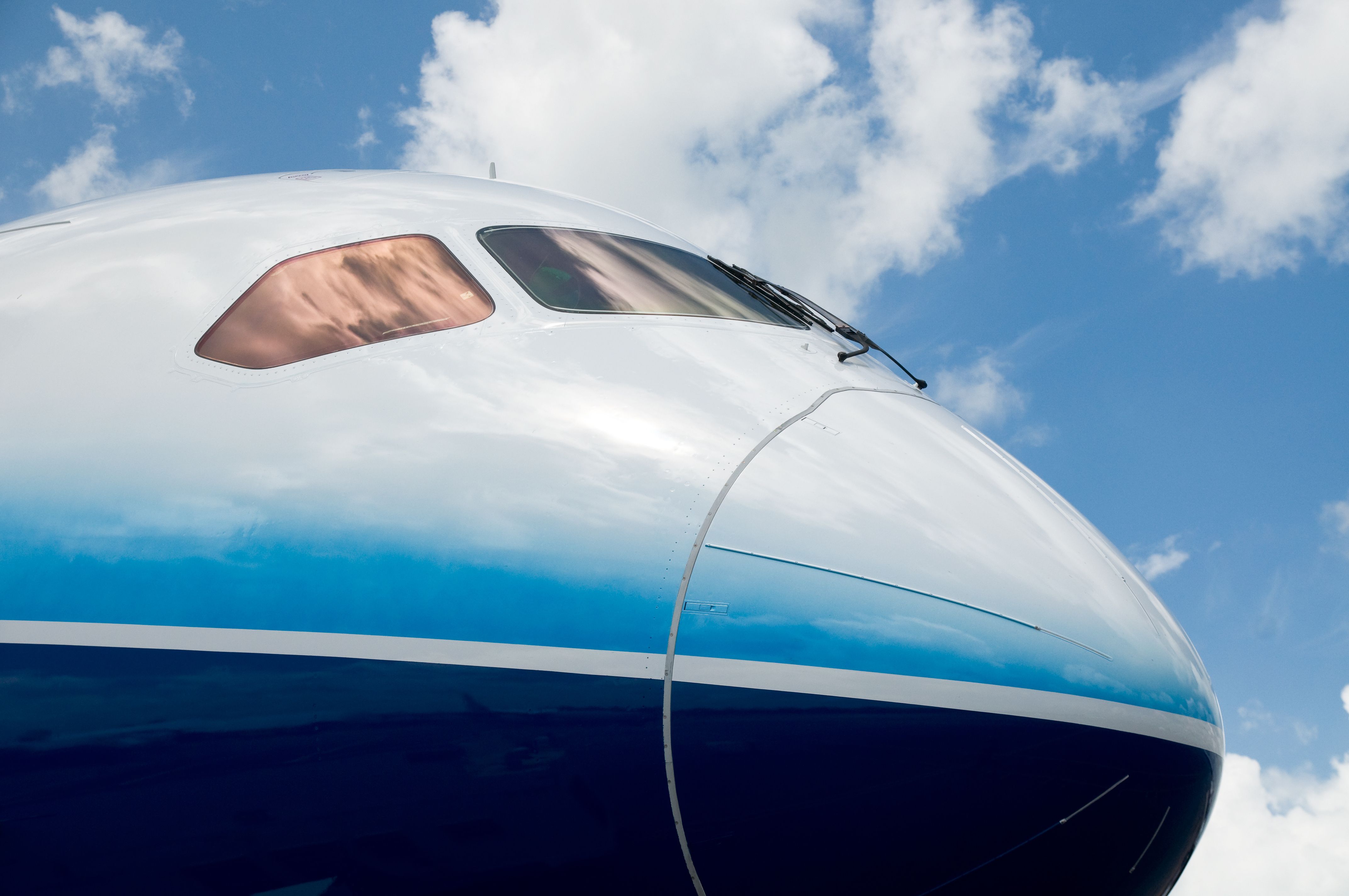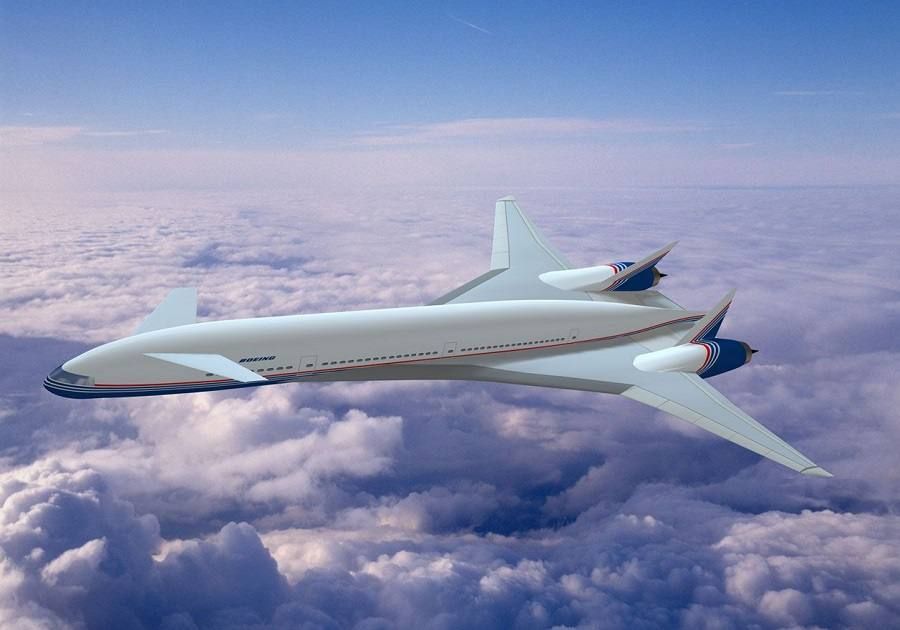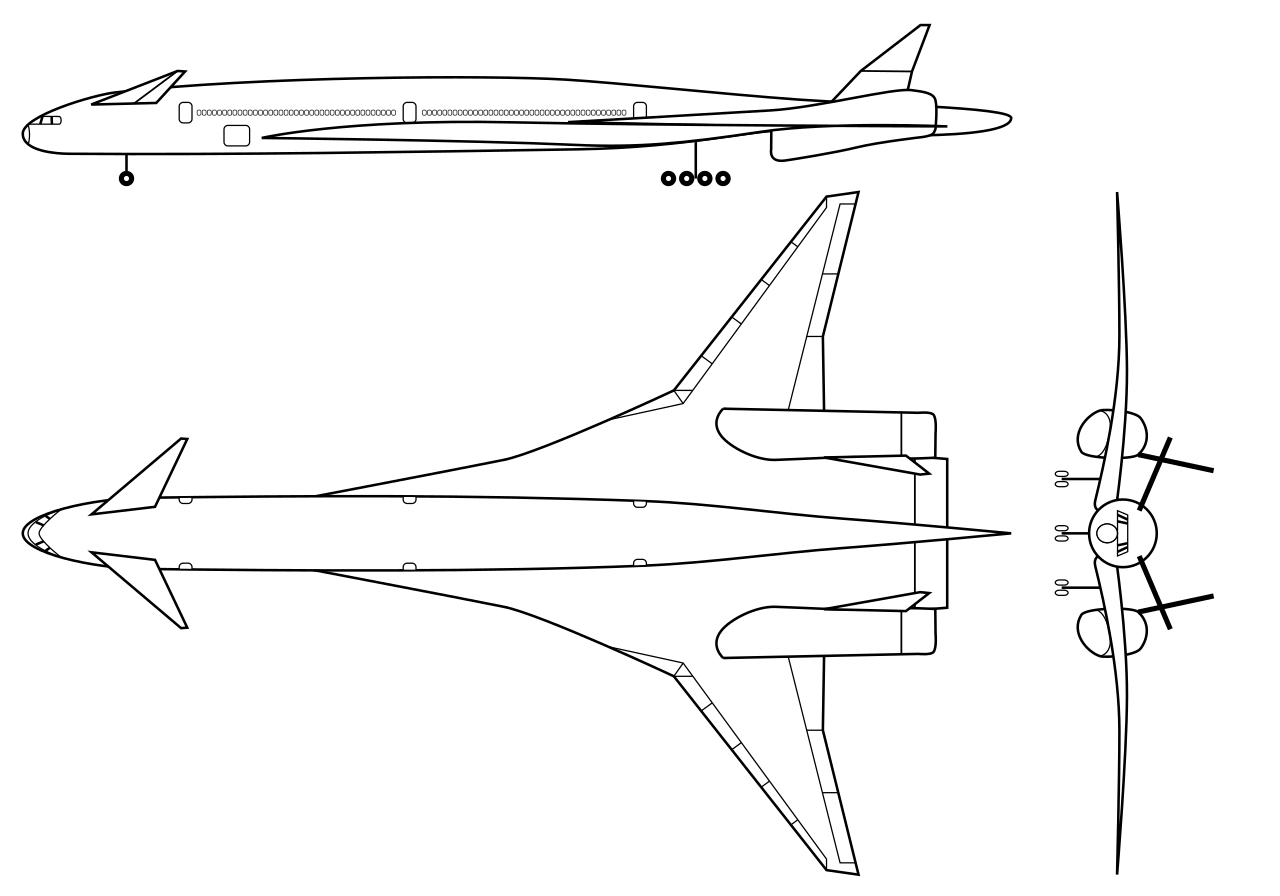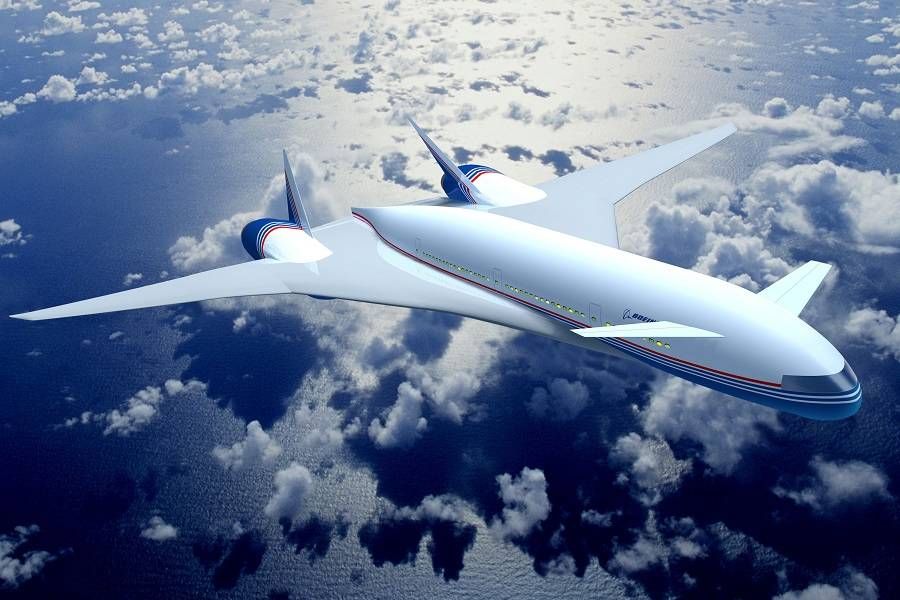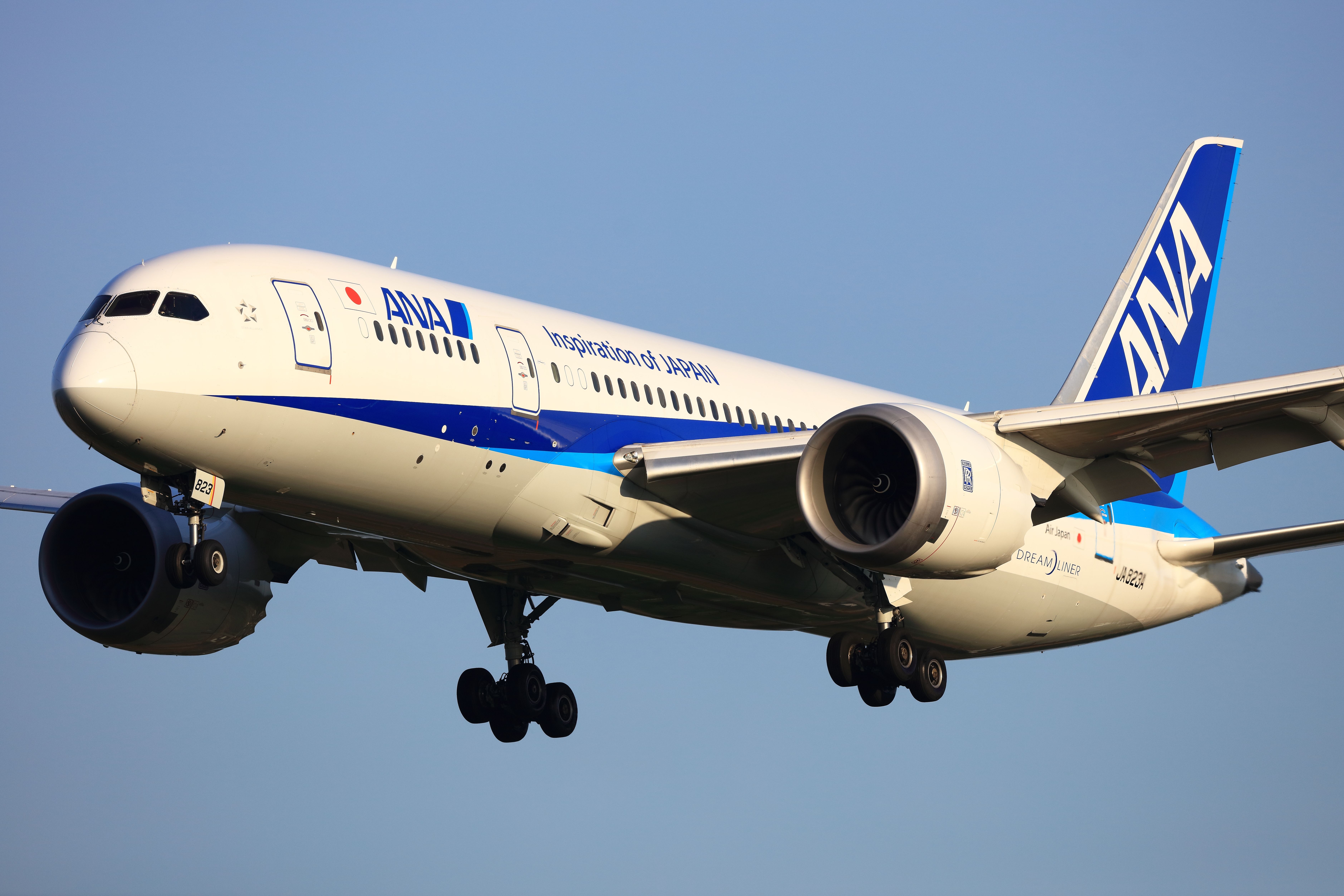In the late 1990s, Boeing had the rather ambitious idea of building a widebody aircraft that could fly 20% faster, while maintaining the greater fuel efficiency and decreased noise levels that modern aircraft at the time were beginning to provide. This idea was called the Boeing Sonic Cruiser.
How did the Boeing Sonic Cruiser come about?
Back at the turn of the millennium, Boeing was facing a crisis. Sales of its once popular 747 and 767 were starting to slow, and rival manufacturer Airbus had just announced its groundbreaking superjumbo, the A380. To ensure its survival, Boeing needed a win; a new aircraft that was clever, high-tech and would reassert the US-based manufacturer as the unrivaled leader in the aerospace industry.
At the time, there were two clear trends developing in the industry. The first was the evolution of the worldwide hub and spoke model airline, with airlines such as Emirates making use of huge A380-like aircraft to transport passengers from point A to B, via point C. The second model was point-to-point travel, offering passengers the option of flying directly to their destination on smaller aircraft, instead of traveling between hubs.
Boeing saw the point-to-point model as the way of the future, and worked to develop an aircraft that could beat any other in terms of speed and efficiency (Concorde was nearing the end of its life, and was no longer cost-effective to operate). And so the Sonic Cruiser was born.
The then Director of New Airplane Product Development at Ingenia, Peter Rumsey, summed up Boeing's thought process at the time, saying,
"As well as wanting more direct flights, passengers have demonstrated a preference for flights that take less time and airplane configurations that enhance comfort. It’s just common sense: people want to go where they want to go, when they want to go, how they want to go. Boeing’s answer to the demand for faster flights, more direct flights, and increased comfort is the Sonic Cruiser."
The Boeing Sonic Cruiser's specifications
The Sonic Cruiser was approximately 250 ft long, with its sweeping delta wing body accommodating up to 250 passengers. To avoid existing air traffic, the plane would fly at 40,000 ft above sea level, with a range of up to 10,000 NM.
The aircraft was designed to fly at cruising speeds of up to Mach 0.98 (roughly 0.10 faster than conventional aircraft, but half as slow as Concorde). This speed was significant over longer routes, shaving two hours off the flight time between Singapore and London, for example.
The technology and materials behind the Sonic Cruiser were cutting-edge, with Boeing working with a variety of suppliers to create a composite body that would withstand the extra forces and still be incredibly fuel efficient. The General Manager of the Sonic Cruiser program, Walt Gillette, highlighted the significance of the aircraft's design in 2002, saying,
"The Sonic Cruiser is a brand-new class of flying machine. Every other commercial jet airplane has been a further refinement of the 707."
Why was the Boeing Sonic Cruiser never built?
By 2002, Boeing had finalized the aircraft design, a prototype had been built, and interest from a variety of carriers, including American Airlines and Virgin Atlantic, was on the up. However, the aviation industry was in the midst of massive change, with the 9/11 terror attacks decimating passenger demand, and fuel prices rocketing due to wars in the Middle East.
More cost-conscious than ever, airlines calculated that there was little financial advantage to cutting one or two hours off long flight times. Even earlier proponents of the project began to backtrack, with Richard Branson becoming skeptical, adding, "Unless more runways are built, the Sonic Cruiser is going to struggle because airlines will not have the slots to use the aircraft."
Faced with a lack of interest in the project, Boeing decided to scrap the Sonic Cruiser, and put its research and technology to use in developing a fuel-efficient, cheap-to-run aircraft, albeit with conventional flying speeds - the Boeing 787 Dreamliner.
The Boeing 787 today
On reflection, Boeing will no doubt be happy with its decision to build the 787 instead of the Sonic Cruiser. Despite deliveries of the aircraft being halted from May 2021 to June 2022 due to the FAA's concerns over the assembly process, the 787's three variants (787-8, 787-9, and 787-10) have proved to be successful additions to Boeing's portfolio of aircraft.
Since the aircraft entered into service in October 2011, over 1,070 787s have taken to the skies with airlines across the world, with a further 680 still waiting to be delivered. Orders are still being placed too, with Indian low-cost carrier IndiGo reported to be on the brink of signing an order for 25 787s. Today, the largest commercial operator of the 787 is All Nippon Airways, with 77 in its fleet, followed by United Airlines and American Airlines, which operate 70 and 55 787s, respectively.
The 787 has gone on to be deployed on many point-to-point flights, including some of the world's longest flights. The success of Qantas' direct Perth (PER) to London (LHR) service, for example, proves that the concept is still popular.
The commercial aviation market today looks vastly different from 20 years ago, and with Boeing well on its way to recovery from the pandemic and other recent crises, it remains to be seen if the manufacturer will revisit the concept of the Sonic Cruiser in the future.
Get the latest aviation news straight to your inbox: Sign up for our newsletters today.
What do you think of the Boeing Sonic Cruiser? Do you think the concept would have been successful? Do you see Boeing revisiting the idea in the future? Share your thoughts by commenting below.
Sources: Ingenia, The Independent

